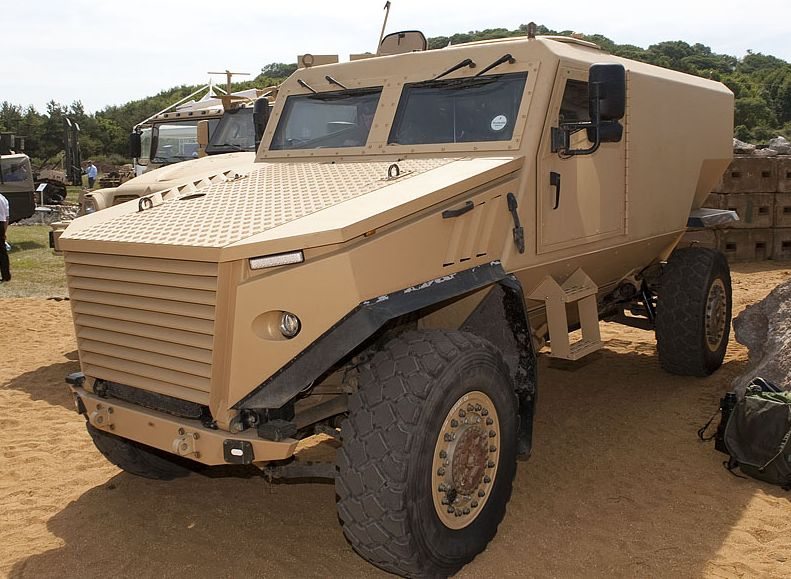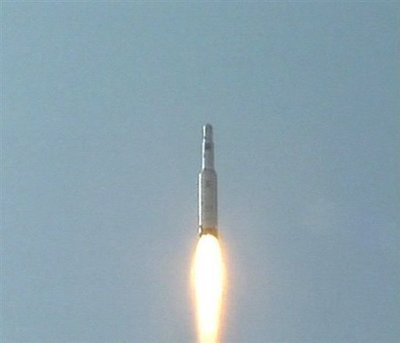The European vehicle survivability market was hitherto fueled by increasing urgent operational requirements (UOR) related to the ongoing wars in Iraq and Afghanistan. With the operational tempo set to taper and troop withdrawals underway in Iraq, the market is anticipated to experience a short period of decline. However, as UOR give way to regular procurement, there is likely to be an increase in spending on vehicle survivability. Moreover, active protection systems are expected to enter service by around 2013 in Europe, boosting spending.
New analysis from Frost & Sullivan, European Vehicle Survivability Market Assessment, estimates the total market to be EUR 4.2 billion from 2010 to 2019. The market is likely to experience a decline between 2011 and 2012 as UOR are about to reduce. After 2012, however, regular procurements and modernization programs will spur market growth. In this research, Frost & Sullivan’s expert analysts thoroughly examine the following survivability systems: passive armor, reactive armor, active protection system and electronic countermeasure system.
“The total market is likely to be EUR 6.2 billion across the period 2006-2019 with France, the United Kingdom, Germany, Turkey, Spain and Italy set to spend a considerable amount on vehicle procurement,” notes Frost & Sullivan Research Associate Binny Winson. “Approximately 69.0 per cent of the total amount is expected to be spent on passive armor, 23 per cent on active protection system and the remainder on electronic countermeasure systems.”
The increasing involvement of European nations in out-of-area operations, the lessons learnt from the recent conflicts, combined with the proliferation of threats and the increasing complexities posed by asymmetric warfare, will compel Europe’s armies to invest in the best-in-class survivability solutions to provide the maximum protection for every war fighter.
“Thus, the sizable number of vehicles procured in the future would be equipped with extreme protection capability, right from the manufacturers’ site, to enable the armored fleet to be rapidly deployed for operations abroad.
“Companies are trying to penetrate the market by forming relationships with original equipment manufacturers and system integrators in the home market as governments show increasing preference for locally based industries,” cautions Winson. “This trend of awarding contracts to companies with a local presence is because of the jobs involved and the defence industrial strategy in place in countries like the UK.”
Hence, having a country presence — by either opening a subsidiary, forming joint ventures or by acquisition — will continue to be important. It will, at the same time, be challenging as tough competition is expected from locally based industries.
Another challenge is the technical complexity of some survivability solutions that demand extreme operational testing before being fielded. While such equipment as active protection system is sophisticated yet rugged, it should at the same time, be easy to operate and repair on the field by soldiers and by combat engineer corps.
Moreover, survivability products should meet NATO standards like the STANAG. They also need to meet other specifications set by the country that is acquiring these products.
“Threats are varied and there is no ‘one size fits all’ solution,” says Winson. “Hence, integrating different capabilities in one single system such as, for instance, combining hard kill and soft kill countermeasure, will continue to be difficult.”
The recent financial crisis has put defence spending across Europe at risk. There are plans across most European countries to drastically reduce defence budgets. This will have a major impact on procurement programs.
Nevertheless, there are reasons for optimism. Upcoming land programs in the United Kingdom, France, Germany, Turkey and Spain are of significant volume and promise to offer tremendous growth opportunity. Furthermore, near-term growth is dependent upon accessing ad-hoc appliqué Armour UOR’s, as battlefield threats evolve.
Frost & Sullivan enables clients to accelerate growth and achieve best-in-class positions in growth, innovation and leadership. The company provides disciplined research and best-practice models to drive the generation, evaluation, and implementation of powerful growth strategies. Frost & Sullivan leverages over 45 years of experience in partnering with Global 1000 companies, emerging businesses and the investment community from 40 offices on six continents.











